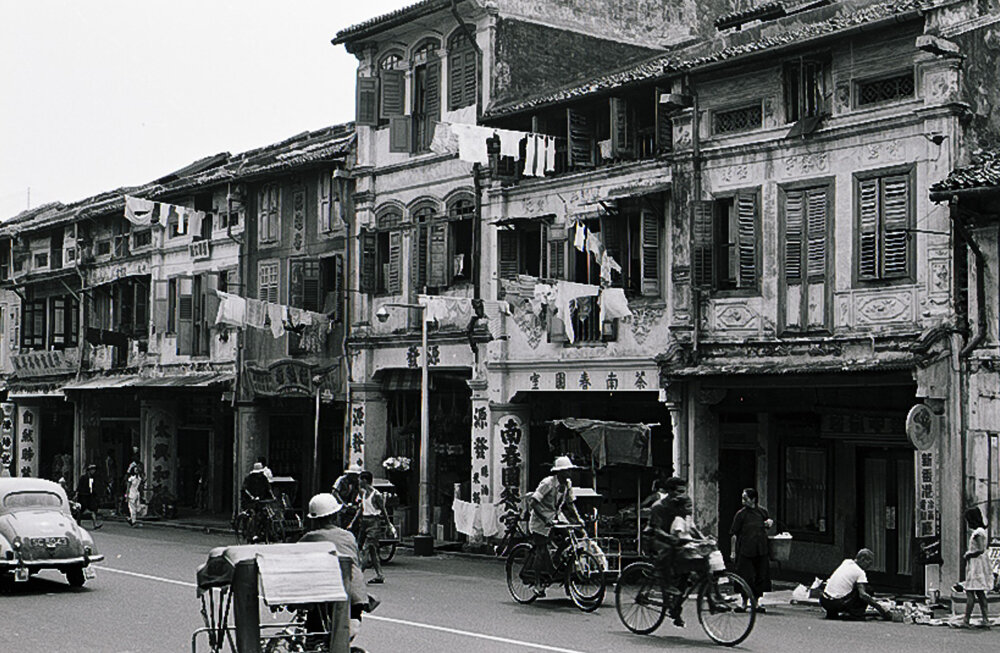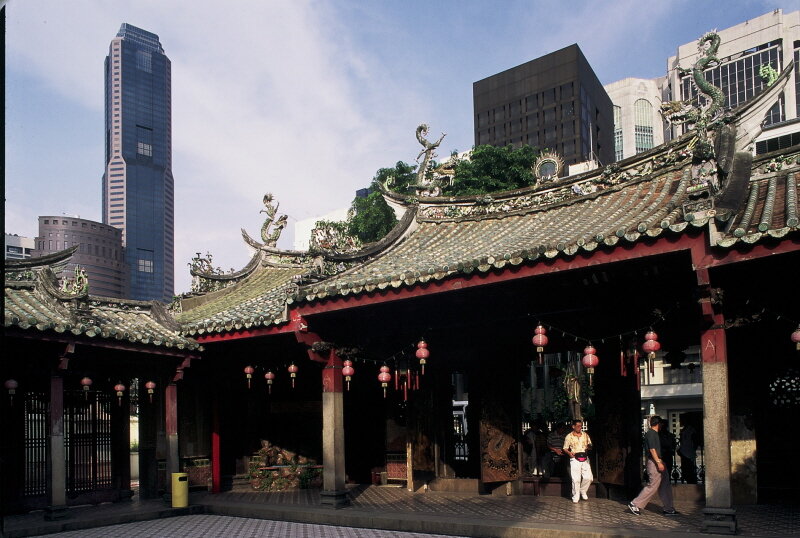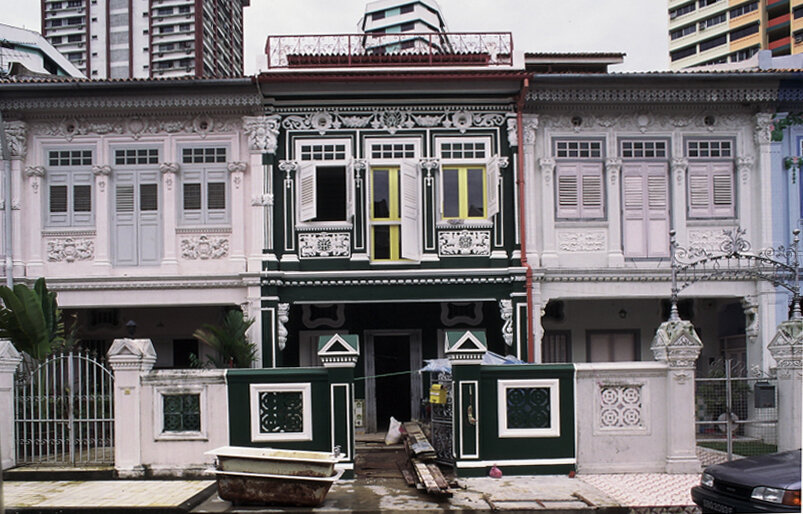In the age of wind-driven ships, the exotic tropical city of Singapore commanded a lion's share of the Asian-European trade. Yet by the end of WWII, its commercial vitality had faded, and poverty, illegal settlement, and underdevelopment cast a pall upon its future. Then, Lee Kwan Yew and the People's Action Party were elected. Remarkably, by the 1990s, the island city-state had achieved one of the highest standards of living in the world. But this single-minded effort also resulted in unrestrained development in its picturesque colonial center, which was erased. When tourists were polled, they asked: "Where is the Singapore of legend?" Dismayed, the efficient government promptly saved several fleets of older buildings—exotic and multicultural with Chinese, Hindu, Malaysian, and Colonial French and British forms—since they'd calculated that tourism might generate 10 percent of the GDP.





